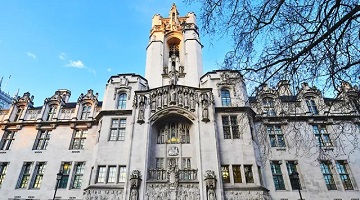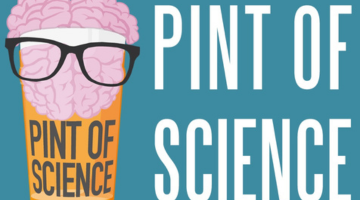The story of a seven-year-old murdered by the British
Forensic anthropologist Dr Constantine Eliopoulos has spent the best part of 25 years investigating mass graves in Cyprus in a bid to give families of the fallen the chance to lay their relatives to rest. But he has never been quite so moved as in the case of Dimitrakis Dimitriades, a seven-year-old boy murdered by the British. Recently, Dr Eliopoulos along with LJMU colleagues Professor Joel Irish and Dr Matteo Borrini and other collaborators, published their findings of Dimitrakis’s identification in the official journal of the British Academy of Forensic Sciences, Medicine, Science and the Law. We spoke to him …
Q. Tell us about Dimitrakis. How did this terrible murder come about?
This was a very turbulent time in Cyprus, as the fight for independence had started the year before. In addition to the armed resistance, Greek Cypriot citizens would rally frequently, asking for independence and union with Greece (known as Enosis). During one of these demonstrations organised by students in March 1956, 7-year-old Dimitrakis Dimitriades, who was throwing stones at the British soldiers was shot and killed.
Q. What was the political/military backdrop to this in 1956?
Archbishop Makarios, the leader of the Greek Cypriots was arrested for sedition in March 1956 and exiled to the Seychelles. This resulted in the intensification of both the armed struggle and the demonstrations in major cities across Cyprus. Dimitrakis was the youngest demonstrator to be killed in the troubles.
Q. Why are there so many war ‘missing’?
The issue of the missing is a complex one and I can only speak from my perspective and experiences as a forensic practitioner. I have seen that if there is a political will, then the missing are identified. This is what has happened in the case of Cyprus, where a very difficult and potentially politically “hazardous” decision was taken in 1999 when the government started its Exhumation and Identification Program. The question that one needs to ask is “who benefits from the missing and why?”
Q. How did you come to apply your scientific training to this humanitarian work?
I believe that forensic anthropology by its very nature is humanitarian, as it aims to identify remains and return them to their families. On some occasions, the anthropological work may contribute to the apprehension of the perpetrators, but this is the exception, rather than the rule. In everyday forensic cases we try to give a voice to the victim, so that they can tell their story: who they are and how they died. From there, it is not a big leap to apply this work in humanitarian contexts following armed conflicts where there has been a loss of life on a large scale.
Q. What does it mean to you being able to return identified remains to families?
This is the end goal of our work, its ultimate success. At the same time, it is very paradoxical in the sense that we as anthropologists feel satisfied for the identification of a skeleton, yet what we give the family is the worst possible news: that their relative is dead. The humanity and sincerity of the families of the missing is what has kept me going all these years, as I feel a sense of responsibility towards them.
Q. You have recently published your work on Dimitrakis in an international journal. Why is that important?
Yes, we found his remains in a mass grave in a cemetery. The greatest motivation, in addition to the tragedy of the killing of a 7-year-old boy, was the fact that the story was not covered at all by the media here in the UK. Even the so-called progressive news organisations ignored this inconvenient account of the events of March 1956 when the remains were identified in 2021 and were extensively published in the Cypriot press.
This case also highlighted the multi-disciplinary nature of our work: The co-authors of this article come from LJMU, the University of Athens, Greece, the Cyprus Institute of Neurology and Genetics and the Office of the Presidential Commissioner for Humanitarian Affairs of the Presidency of the Republic of Cyprus. I want to make a special mention to the late Mr Xenophon Kallis, advisor to the Commissioner, who dedicated his life to the issue of the missing.
In recent years there is a growing movement towards the decolonisation of the curriculum and even though it is well-intended, I believe it is slightly misguided. For example, constructing reading lists made up of diverse authors may not provide the best sources for scientific investigation. This may be very useful for the social sciences and the humanities, but not science.
Q. Forensic anthropology has a big role to play in ‘reconciliation with the pasts’ in many countries, not just Cyprus, doesn’t it?
Yes, definitely our discipline along with other, related areas can contribute to the reconciliation with the past. The most important element however, is the social and political context within which an investigation takes place.


